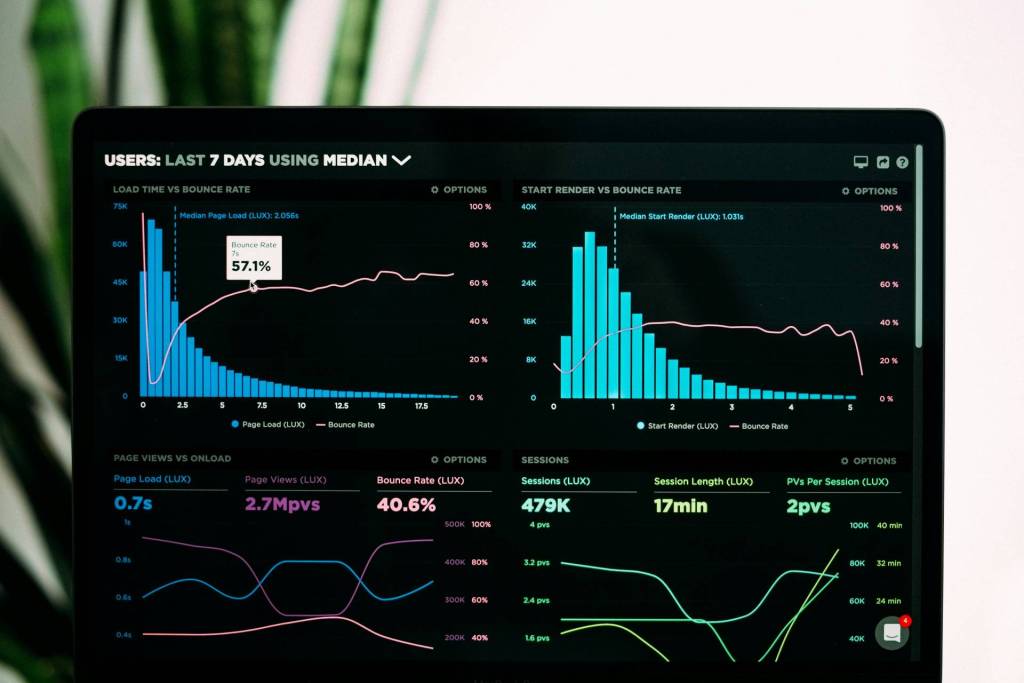Today, I spoke to Greg Verdino, who is vice president of strategy and solutions at Powered, and the author of MicroMarketing: Get Big Results by Thinking and Acting Small (McGraw Hill). In this interview, Greg talks about his new book, macro versus micro marketing, weighs in on the quality versus quantity debate in social media, and more.
What is micromarketing and why is it important now?
Let me answer that the other way around. I’ve been keeping an eye on three key changes going on around us. First, mass culture has splintered into millions of highly niche microcultures. In other words, we’re all into our own thing. Second, thanks to the social revolution, mass media is losing ground to micromedia. Everyone has the means of content creation, the web gives us all a viable means of distribution, and today everyone is a media outlet. Third, the average unit size of a piece of content has shrunk. Call it the Twitter effect – we used to read the newspaper article, next we got the highlights from a blog post, now we get the bare essence in a 140-character tweet. But it’s not just about Twitter of course. It’s 2-minute YouTube clips, stories told in Flickr photos, status updates on Facebook, LinkedIn and (yes) even MySpace.
So micromarketing is important because this is the world we do business in today. Next, what is it? It is an approach to marketing that taps directly into these trends – rather than the more traditional tendency to buck against them, while bemoaning the demise of the good old days of prime time television – in order to connect more effectively with consumers and get better results than we can now expect from traditional approaches.
How do macro and micro marketing differ?
I’m sure we all know what mass marketing looks like – grand gestures, splashy creative and big budget media buys designed to reach and appeal to the widest possible audience. The problem? This type of marketing is less likely than ever to actually appeal to anyone at all. Conversely, micromarketing emphasizes the use of small gestures (like one-on-one, person-to-person interactions), simple social media approaches and the amplification effect you get when the right people start spreading your messages and content throughout their social graphs.
What do you think of the quality vs quantity debate in social media? Does having one million followers on Twitter matter?
Quality, all the way. I’m not going to argue that there isn’t a certain amount of value in having a million followers or fans (assuming you can build that kind of community organically rather than with some complex array of smoke and mirrors), but isn’t “get me one million followers” the social media equivalent of “make the logo bigger”? What really matters is a brand’s ability to build deep, meaningful relationships with the people that matter most – either because they’re your best customers or they are your best evangelists (and those two groups aren’t always one and the same, by the way).
Actually, this is one of the key arguments in microMARKETING: where mass marketers favor shallow reach of the largest possible audience, micromarketers do what it takes – often one human-scale interaction at a time – to resonate through deep, lasting and mutually beneficial relationships.
What case studies can you share of people who have used micromarketing to their advantage?
The book is loaded with case studies, but I’ll share two better known examples from large companies and one from a microbrand. When Ford wanted to generate excitement for the 2011 Fiesta (a year before it would be commercially available in the U.S.), rather than spend millions on paid media they loaned 100 cars to 100 social media mavens and inspired them to create and share compelling content over a 6-month period. For a relatively modest investment (and none of it spent in advertising) they generated more than 10 million earned media impressions, amassed a list of nearly 100,000 people interested in test drives and generated a staggering 60% level of brand awareness for what is ostensibly a new vehicle. Similarly, Tourism Queensland’s Best Job in the World campaign took a budget that would have barely afforded them a single ad on a single episode of a show like American Idol, and instead created a social media competition that got tens of thousands of content creators buzzing about the program and generated an estimated 5 billion (yes, billion) earned media impressions.
But obviously micromarketing isn’t just for big business. One of the book’s key notions is that anyone can do this. Consider sci-fi novelist J.C. Hutchins. When he couldn’t find a traditional publisher for his book he microchunked it into more than 100 podcast episodes and built an audience more than 100,000 listeners-strong. He then activated the most passionate people in that audience as a street team who helped him spread the word online and in the real world. He ended up getting a publisher for that book and now J.C. is applying the same principles to help Discovery market their program The Colony through social media.
How have you built your personal brand?
If I’m being totally honest, I don’t give much thought to my personal brand. I think I’ve always applied the Marty Neumeier notion that a brand isn’t what you say it is; it’s what they (meaning the people on the receiving end) say it is.
That said, I have to say that I’ve always applied the kinds of principles I lay out in microMARKETING to find an audience, build my community and give them enough ammo to decide what my “brand” means to them. Content creation is vital — so I blog, tweet, share photos, upload the occasional video; I wrote the book – because it allows me to share my ideas and express my unique points of view. Community building is essential as well – something I do on Facebook and Twitter, for the most part, but also in person at events – because it allows be to forge strong relationships with other people that might share my points of view (or if not share them, be able to challenge them intelligently and help me get smarter).
——-
Greg Verdino is vice president of strategy and solutions at Powered, a full service social media agency. Greg is the author of MicroMarketing: Get Big Results by Thinking and Acting Small (McGraw Hill). He joined Powered through its acquisition of crayon, the strategic consultancy in which he was a principal and at which he served as chief strategist. Previously, he held leadership roles at a number of advertising, marketing, digital media and technology companies including Digitas, ROO.tv, Akamai Technologies, Arbitron and Blau Marketing Technologies. Over the course of his 20 year career he has helped clients like American Airlines, American Express, BIC, Coca-Cola, Ford, General Motors, Panasonic and many others evolve their marketing strategies to take advantage of disruptive changes in media, technology and consumer culture. Verdino writes a popular and influential marketing blog (www.gregverdino.com), is a frequent conference speaker, and has been profiled in and quoted by a wide variety of news and business media including BusinessWeek, the New York Times, and the Wall Street Journal.














